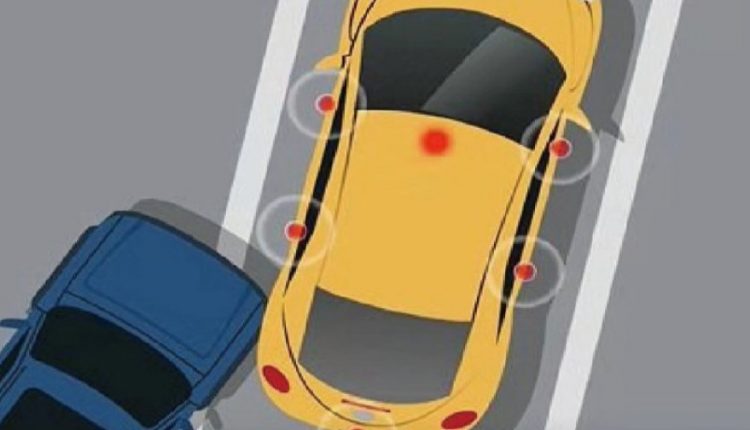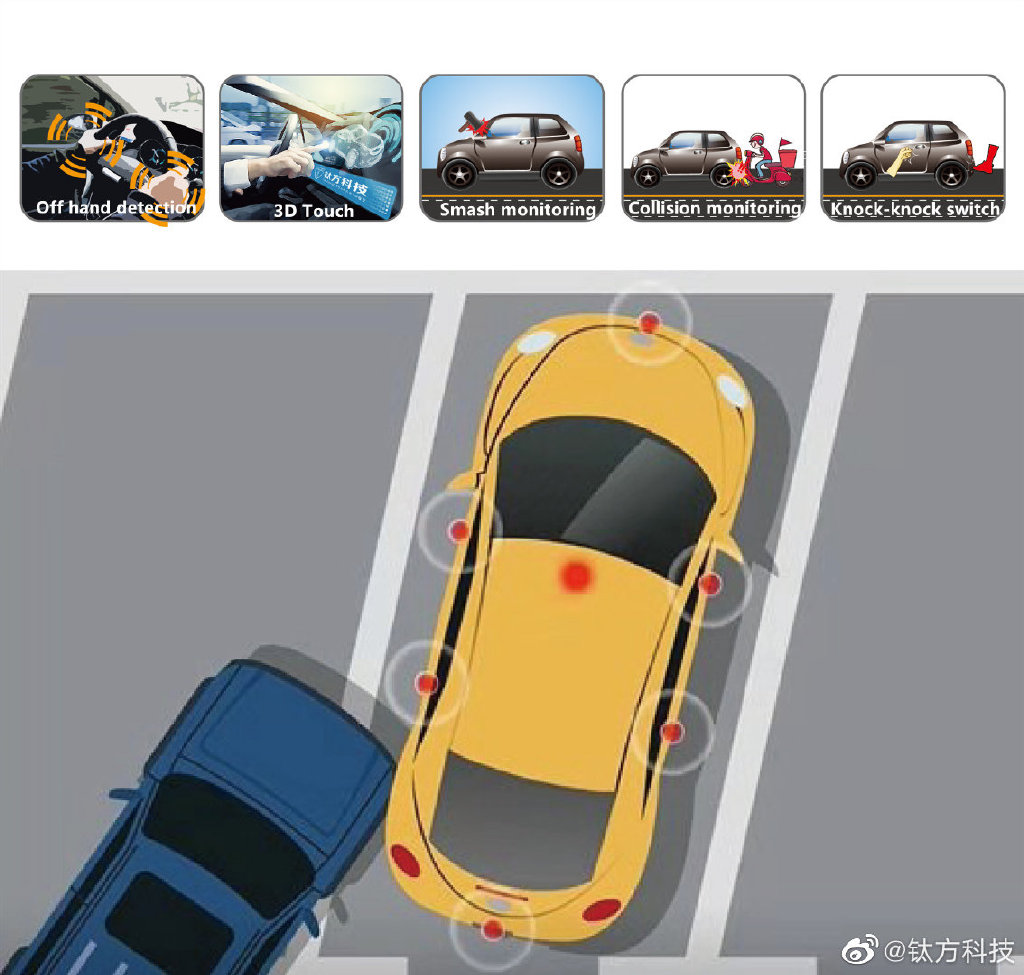Launched at CES: Elastic-Wave Intelligent Sensing
But first —
What is elastic-wave intelligent sensing?
The new, but complicated technology is a combination of mechanical waves generated and propagated within any rigid objects when those objects are touched, tapped, or hit.
The elastic wave technology was first applied to the aerospace industry, but now for the first time, a Chinese company called Taifang has introduced this elastic-wave intelligent sensing solutions to consumer and vehicular electronics markets.
Taifang Tech Co. Ltd.. an AI tech company, launched the technology last week at CES2020, showing off its various products for consumer electronics, and automobile electronics (TAIPS) .
Taifang’s unique elastic-wave-based force touch pad of laptop has just deployed in Xiaoxin Pro 13s laptop that was launched by Lenovo. What makes this model different from that of Apple’s famous MacBook forcepad, is its elastic-wave based force touch pad supports stylish zero-bezel touch pad design, high precision force, and low cost.
Taifang has also established a portfolio of force touch solutions for various consumer electronic products, such as for ultra-thin notebooks, TWS earphones, cellphones, smart watches, and AR/VR glasses.
TAIPS consists of only several compact sensors (several mm in diameter), and a controller in which the elastic-wave based algorithm is integrated.
The technology adds value to consumers in two ways, according to Taifang:
- TAIPS is capable of monitoring impact, scratch, or smash events, with very high accuracy, very high sensitivity, very low power consumption, and no privacy invasion. Differentiating to Tesla’s camera based “Sentry Mode”, It only triggers cameras when it recognizes damaging events. Then the events can be sent to drivers, vehicle control systems, or operation platforms and then trigger pre-defined processes. Therefore, TAIPS can serve as the safe guard of personal cars, and contribute to cost-down and efficiency improvement for operating cars and public transportation.
- For autonomous driving cars (L2, L3 and L4), TAIPS is capable of monitoring collisions from all directions, then emergent breaking can be triggered immediately when collision occurs . Hence, severe damages, such as rolling over, can be dramatically reduced.


